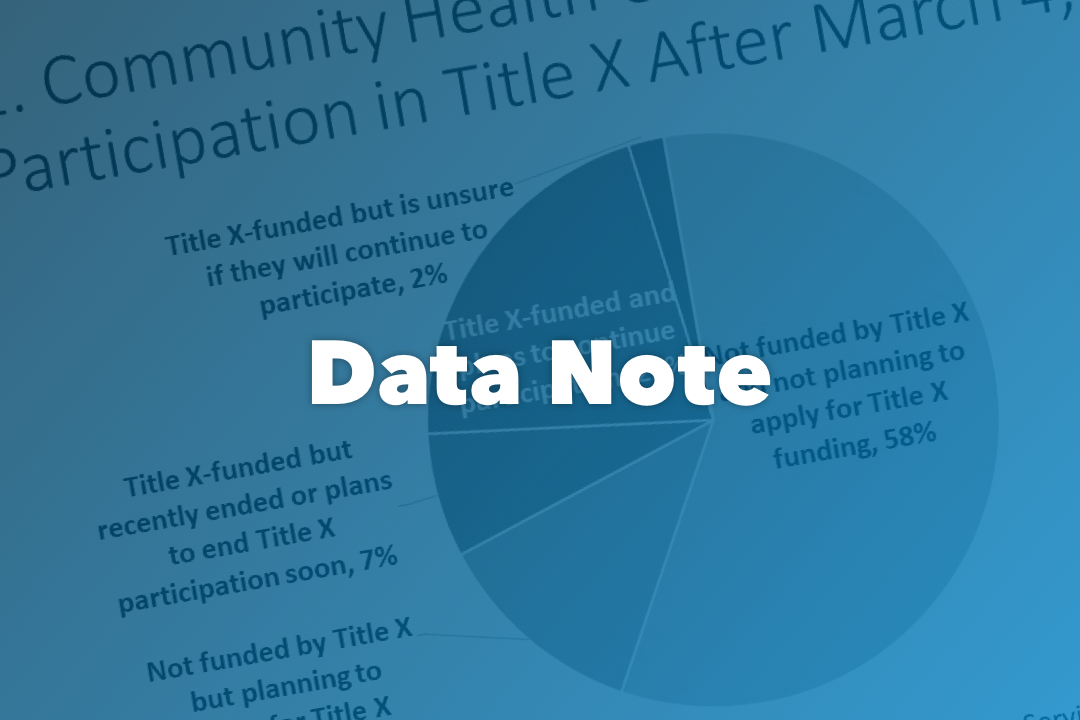Data Note
September 2023
Sara Rosenbaum, Maria Casoni, Rebecca Morris, Caitlin Murphy
Braidwood Management v Becerra, now pending in the Fifth Circuit U.S. Court of Appeals, involves a challenge to the Affordable Care Act’s free preventive benefit guarantee. More than 150 million privately insured people1 and millions of Medicaid beneficiaries whose eligibility is tied to the ACA low-income adult expansion rely on these benefits.
Should the Braidwood challengers (six individuals and two businesses)2 prevail, Americans would lose their right to all free preventive benefits that have been added to coverage since March 23, 2010, the date the ACA was signed into law. Since that date, insurers and health plans have been required to expand coverage for scores of new benefits recommended by expert advisory groups. Without the coverage guarantee, insurers and Medicaid managed care plans could continue coverage if they choose. But insurance experts have concluded that this is unlikely out of concern that offering this coverage would attract consumers with higher health needs. 3
Braidwood carries significant implications for older working-age adults, since age increases the risk of serious, chronic, and life-threatening conditions; as a result, preventive screenings and procedures grow in importance if major health events are to be averted. Of special concern are lower-income older working-age adults who already struggle to meet their insurers’ premium, cost-sharing and out-of-pocket spending requirements. 4
Assessing Braidwood’s Potential Impact on Older Working-Age Americans
This analysis identifies benefits implicated by Braidwood that could be considered of special value to older working-age adults. For purposes of this analysis, we define older working-age adults as people 45-64, the age range used by the U.S. Census Bureau to identify people falling within an older working-age category. This analysis defines ACA post-enactment benefits as follows: (a) benefits that did not exist prior to March 23, 2010 and were added after this date; (b) benefits that may have existed prior to March 23, 2010 but that were covered only for a more limited age range that excluded people in the older working-age group; and (c) benefits that may have existed in part, but that were expanded after this date to include additional procedures as a result of updated clinical guidelines.
We reviewed all ACA preventive benefit categories other than benefits targeted to children. These categories include recommendations of the Advisory Committee on Immunization Practice (ACIP); preventive benefits given an A or B rating by the United States Preventive Services Task Force (USPSTF); and women’s health benefits recommended by the Health Resources and Services Administration (HRSA).
Results
The accompanying table identifies 27 post-enactment benefits of special value to all or some older working-age adults according to expert guidelines and that are implicated by Braidwood because they were added after ACA enactment (either as wholly new benefits or in modified form to reach additional populations and procedures). These benefits include life-saving preventive procedures such as pre-exposure prophylaxis (PrEP) to control the risk of HIV exposure, statins to control cholesterol, and 11 new or updated immunizations, including immunization against Covid-19. They also include screening for certain cancers such as BRCA-related breast cancer, cervical cancer, and colorectal cancer. In addition, they include services that can improve long-term health through early preventive intervention, such as screenings for anxiety disorders, and interventions to lower risk of disabling conditions such as preventing falls.
This analysis offers insight into how Braidwood could affect older working-age adults. The analysis identifies free preventive benefits that became available after March 23, 2010 (the trial court’s coverage cutoff date for preventive care) and that are of special value to all or some older working-age Americans. Should the Braidwood challengers prevail, all insured Americans would lose coverage, but the consequences of loss likely would be particularly substantial for older working-age adults, whose health risks rise and health status declines with age.
As noted, insurers could continue to offer free coverage. But experts consider this unlikely. Many of these benefits are relatively costly, and insurers fear that their inclusion could trigger higher enrollment and use by people with greater health needs. Conceivably, insurers could continue covering these benefits but only with cost-sharing. This would significantly limit their accessibility, especially for the millions of older working-age Americans with low and moderate incomes who already face significant cost barriers to needed care.
- 1ASPE (2022). Access to Preventive Services without Cost-Sharing: Evidence from the Affordable Care Act. https://aspe.hhs.gov/sites/default/files/documents/786fa55a84e7e3833961933124d70dd2/preventive-services-ib-2022.pdf
- 2MEMORANDUM OPINION & ORDER. Braidwood Management V. Becerra. (N.D. Tex. Sep. 7, 2022) (No. 4:20-cv-00283-O) https://www.courthousenews.com/wp-content/uploads/2022/09/braidwood-becerra-ruling-usdc-texas.pdf
- 3Twinamatsiko, A. & Baron, Z. (2023). Diverse Group Of Health Care Organizations Support Government’s Effort To Reverse Preventive Services Decision. Health Affairs Forefront. https://www.healthaffairs.org/content/forefront/diverse-group-health-care-organizations-support-government-s-effort-reverse-preventive
- 4Haynes, L & Collins, S. (2023). Can Older Adults with Employer Coverage Afford Their Health Care?. Commonwealth Fund. https://www.commonwealthfund.org/publications/issue-briefs/2023/aug/can-older-adults-employer-coverage-afford-health-care-biennial



